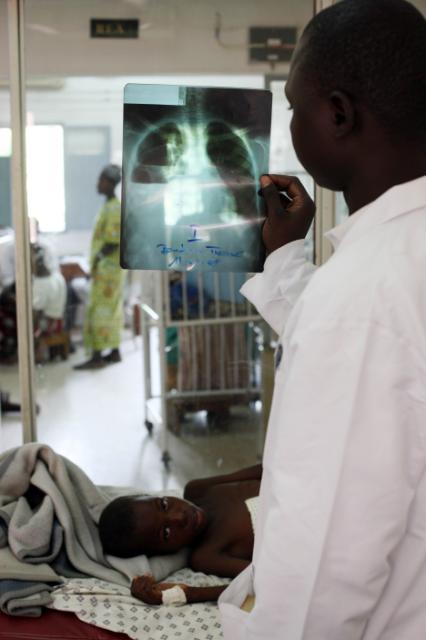
 This week in an Op-Ed for the San Francisco Chronicle, my colleagues Ruth Karron, Ruth Faden, and I urged the US government to move quickly on their pledges to donate vaccine for developing countries in this pandemic season. Our call seems to have been heard as there is much activity in the US government to make this happen. The call now is for more details and specifics and especially for making sure its done right this time and in a way that is sustainable in the future.
This week in an Op-Ed for the San Francisco Chronicle, my colleagues Ruth Karron, Ruth Faden, and I urged the US government to move quickly on their pledges to donate vaccine for developing countries in this pandemic season. Our call seems to have been heard as there is much activity in the US government to make this happen. The call now is for more details and specifics and especially for making sure its done right this time and in a way that is sustainable in the future.
One specific issue has come up around the pricing of the vaccine for the donation. Basically, if the vaccine is being purchased for the poorest populations of the world shouldn't it be priced accordingly - in other words, at prices that would be affordable for those countries not just the USA.
The argument for this is pretty simple: If there is a fixed amount of money and you want to make it have as great an impact as possible, then lower prices are important to this global justice outcome. There are some practical counter-arguments to this philosophically unimpeachable starting point. The most important of these is that there is only a limited volume of vaccine supply to be purchased so the theoretical 'savings' by having a lower price would not translate into more doses of the vaccine because there just aren't any more doses of the vaccine.
Also, while this pandemic response had to be organized quickly and may not have allowed much planning, the long-term answer to sustainable vaccine access for developing countries is one that structures procurement and pricing to make it affordable to those countries (and their donor partners) for the future. This is an important critique and one that must be acknowledged, even in the rush to fix things this year.
So, here's a proposal that may address the issues raised here in a way that meets all the main issues and each stakeholder's needs. First, industry and government should structure their pricing and procurement contracts so that any doses that are intended for donation to poorer countries are priced accordingly - i.e., at significantly reduced prices. Second, the US government should dedicate at least half of the 'savings' (that is the lower price for donated doses subtracted from the US general population price) to alternative pandemic control uses. Examples would be using the funds to build antibiotic or antiviral stockpiles, funding the GAVI Alliance to buy pneumococcal vaccines, or supporting CDC disease surveillance and detection programs that would otherwise go unfunded.
Taking this approach would get everyone something. The use of the 'savings' would help developing countries by providing lower prices and more anti-pandemic interventions from the same sized pot of money. It would partially mitigate the impact on industry because the dollars would still be buying other goods that they produce. The government would get to both stretch its dollars for global justice and keep a portion of the savings.
Is this a workable solution? Are there problems that we haven't thought of with this solution? Post your comments and maybe make a contribution to the implementation of this global justice program.
